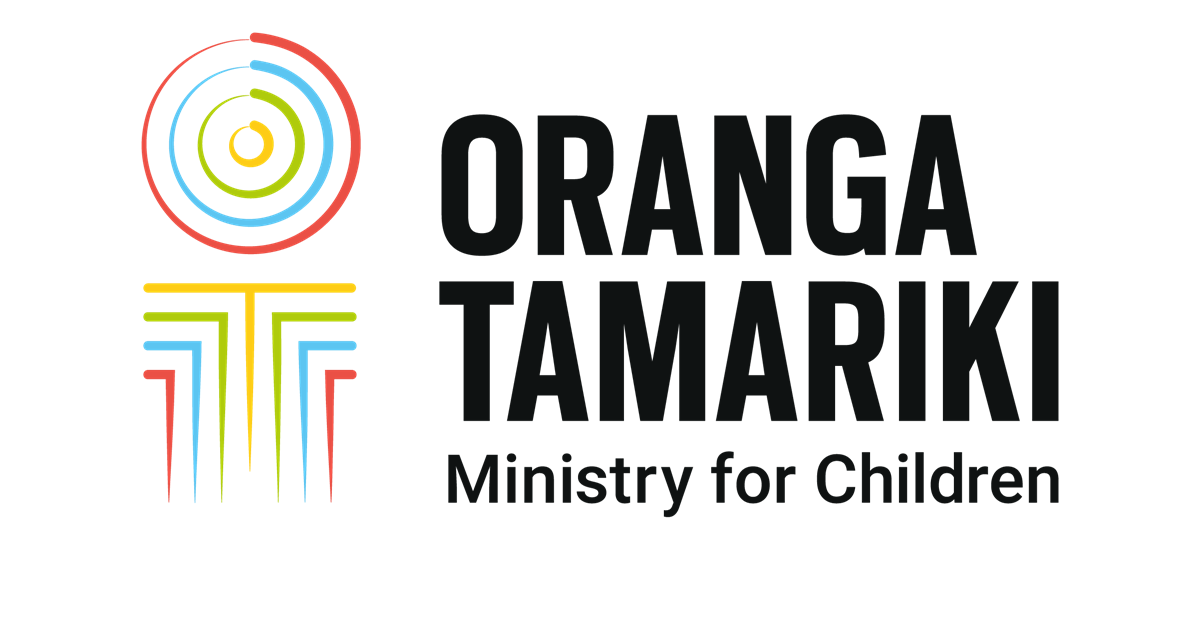About the Children's Act
The Children's Act 2014 made sweeping changes to the law, to increase our ability to protect vulnerable tamariki and help them thrive, achieve and belong.

The legislation includes:
- 1 new stand-alone Act, the Children's Act 2014
- amendments to the Children, Young Persons, and Their Families Act 1989
The heads of 6 government departments are now accountable for protecting and improving the lives of vulnerable tamariki. The New Zealand Police, the Ministries of Health, Education, Justice, Social Development and Oranga Tamariki - Ministry for Children have new, legislated responsibilities.
Child protection policies have been adopted as standard by the agencies above along with the Ministry of Business, Innovation and Employment (Housing), District Health Boards and school Boards of Trustees.
Safety checking (screening and vetting) of every person in both central and local government children's workforce has now been introduced and people with serious convictions are prohibited from working closely with tamariki, unless they are granted an exemption.
These changes are about creating a better life for the most vulnerable tamariki in Aotearoa New Zealand.
Sector specific guidance
Agencies have prepared extra advice about the children’s workforce changes:
Education sector
The Te Tāhuhu o te Mātauranga | Ministry of Education has produced guides for providers in both the early childhood and schooling sectors:
Children’s Act 2014 requirements for schools and kura
The Teaching Council of Aotearoa New Zealand has also produced an FAQ for registered teachers and those seeking registration status:
Health sector
The Manatū Hauora | Ministry of Health has provided guidance and FAQs for health sector providers:
Justice sector
Information for the justice sector:
Te Tāhū o te Ture | Ministry of Justice
Tertiary Education Organisations
Vocational trainees and placement students working with tamariki need to be safety checked under the Children's Act 2014. This includes nurses, social workers, doctors, paediatricians, youth counsellors and teachers.
Both the Tertiary Education Commission and Universities New Zealand have developed guidance for safety checking, including an implementation framework.
Information is available on the TEC and Universities New Zealand websites:
TEC (PDF)
Published: March 28, 2017 · Updated: September 8, 2023

